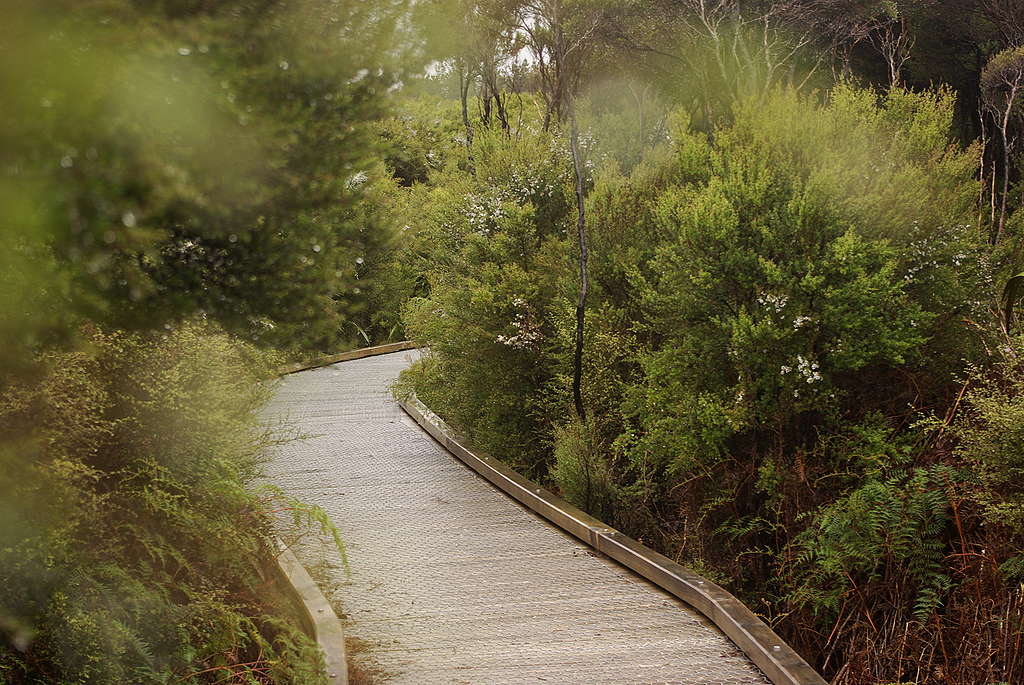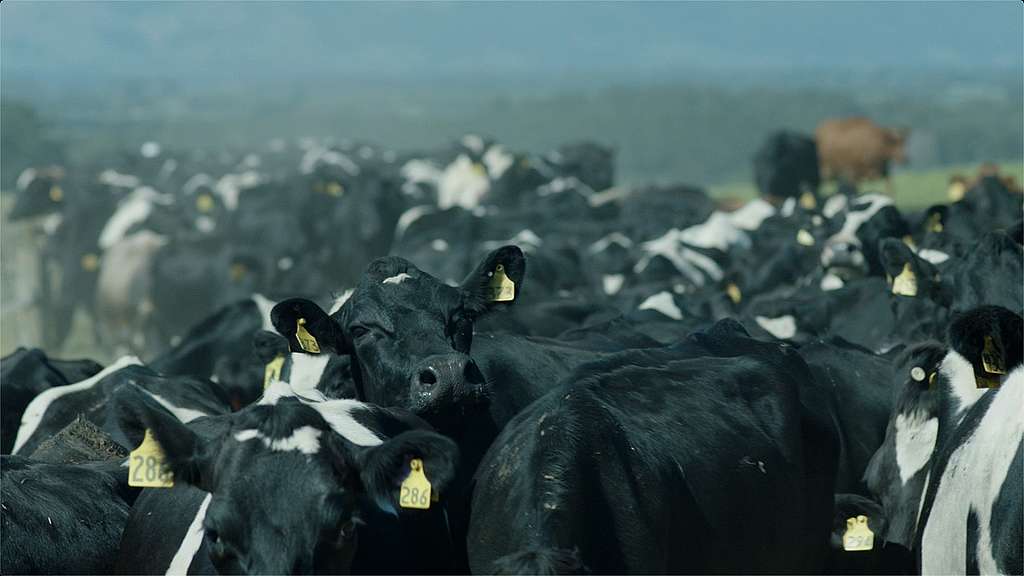Happy World Wetlands Day! I’d like to say we’ve been swamped with requests for Greenpeace to protect New Zealand’s wetlands, but few people know just how much wetlands do for us. Whether you know them as bogs, swamps, mires, marshes or fens, wetlands are the unsung heroes of our environment, and we’d better take care of them.
With that in mind, here are five fen (get it?) facts about wetlands.

1. Aotearoa has many different types of wetlands
- Bogs receive all their water from rain, and don’t get a lot of nutrients or water from the soil.
- Fens are often on slopes or at the edges of bogs, and get some water and nutrients from the soil around them.
- Swamps are fertile wetlands fed by both rainwater and surface runoff. They are high in nutrients and sediment from land around them.
- Estuaries are places where freshwater flows into intertidal areas, so saltwater and freshwater meet here. Estuary mudflats are home to thousands of wader birds.
- There are also special types of wetlands found near lakes, in rivers and even under the earth!
2. Wetlands are our secret weapon against the climate crisis
Wetlands – particularly peat wetlands – are great at capturing and storing carbon. Peat wetlands currently cover only about 3% of the earth’s land surface, but hold twice as much carbon as all the world’s forests combined. Wetlands also help buffer the effects of the climate crisis – like flooding. Wetlands can absorb heavy rain and then release it gradually, helping prevent soil from becoming overloaded with water.
3. Wetlands help keep our waterways clean
We all know our rivers and lakes aren’t looking too good these days – thanks largely to industrial dairying. Why is dairying a problem? Nutrients (like nitrogen) from cow pee and from fertiliser get washed off the land into our waterways. When this happens, it creates ideal conditions for slimy algae to grow – choking out other plants and fish. But wetlands help prevent those nutrients entering our waterways by slowing the water down and acting as a filter.
4. Wetlands are home to some weird and wild creatures
Wetlands provide a vital home for New Zealand’s special native fish and birds, as well as insects and plant life. The kowaro, or Canterbury mudfish, is our most endangered fish species. This strange little fish has the amazing ability to burrow into the mud during dry seasons, going into a state similar to hibernation until more rain comes.
Over three quarters of our native fish species are at risk of extinction, which is why it’s so crucial that we protect their homes.
5. Our wetlands are at risk – and they need our help
90% of our wetlands have been drained. What remains is threatened by nutrient pollution and sediment runoff, largely from industrial dairying. And when dried, peatland stops locking away carbon and instead emits it. In fact, dried peatland is responsible for up to 6% of agricultural emissions in New Zealand.
Wetlands may not be as glamorous as forests, but they fulfill a vital role in the health of our water and our climate – and we need to protect them. That means stopping conversion of wetland to farmland, restoring former wetlands, reducing the number of dairy cows, and phasing out wetland pollutants like synthetic nitrogen fertiliser.
Don’t know where to start? Join us to call on the Government to phase out synthetic nitrogen fertiliser – and remember, this is just the boginning.
With thanks to The Wetland Trust, Forest & Bird and the Department of Conservation.

Sign on now to call on the New Zealand Govt to ban chemical nitrogen fertiliser.
